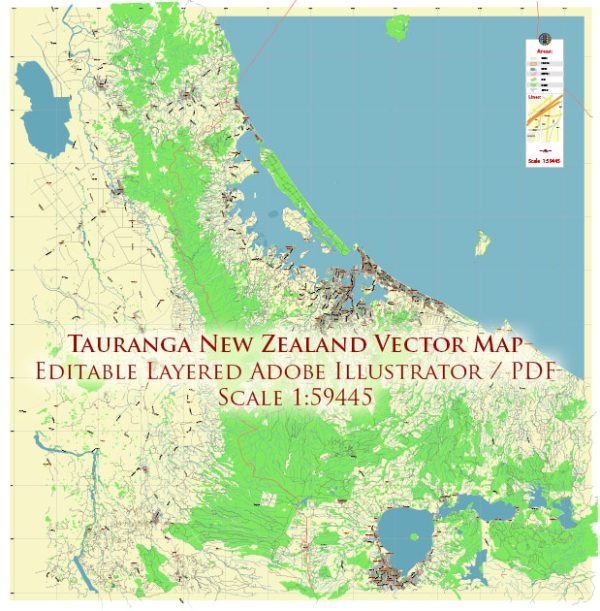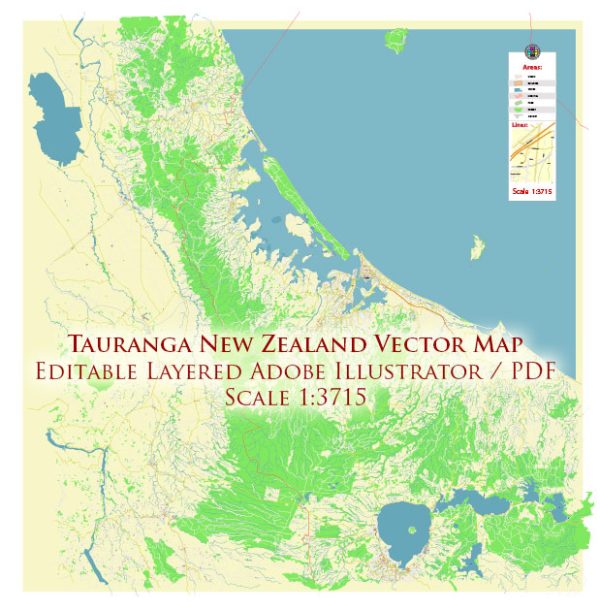Tauranga, located on the Bay of Plenty in the North Island of New Zealand, has a rich history of urban development that spans several centuries. The area was originally inhabited by the Māori people, who settled in the region around the 13th century. European contact began in the late 18th century when Captain James Cook arrived in the area in 1769.
The city’s urban development gained momentum in the 19th century with the arrival of European settlers. The 1830s saw the establishment of a small missionary settlement, and by the mid-19th century, European traders and settlers started to arrive in greater numbers. Tauranga became a strategic location during the New Zealand Wars in the 1860s, with battles fought between Māori and British forces in the region.
The late 19th and early 20th centuries witnessed economic development, driven by industries such as agriculture, timber milling, and shipping. Tauranga’s port played a crucial role in facilitating trade, contributing to the city’s growth. The development of infrastructure, including roads and railways, further connected Tauranga to other parts of New Zealand.
The mid-20th century marked a period of suburban expansion and population growth. Tauranga transformed from a small town into a city, with the population steadily increasing. The horticultural sector, particularly the kiwifruit and avocado industries, became significant contributors to the local economy.
In the latter half of the 20th century, tourism began to play a more prominent role in Tauranga’s economy. The city’s coastal location, beautiful beaches, and proximity to attractions like Mount Maunganui drew visitors from both within New Zealand and internationally.
In recent decades, Tauranga has experienced rapid urbanization and population growth. The city has seen the development of modern infrastructure, including commercial and residential complexes, to accommodate the increasing population. The Port of Tauranga has expanded, solidifying its position as one of New Zealand’s major ports.
Urban planning and environmental considerations have become increasingly important in the development of Tauranga. Efforts have been made to balance growth with sustainability, preserving the city’s natural beauty and ensuring that infrastructure meets the needs of a growing population.
Overall, Tauranga’s history of urban development reflects a journey from a Māori settlement to a bustling modern city, shaped by the influences of Māori, European settlers, economic activities, and a focus on sustainable growth.



 Author: Kirill Shrayber, Ph.D.
Author: Kirill Shrayber, Ph.D.